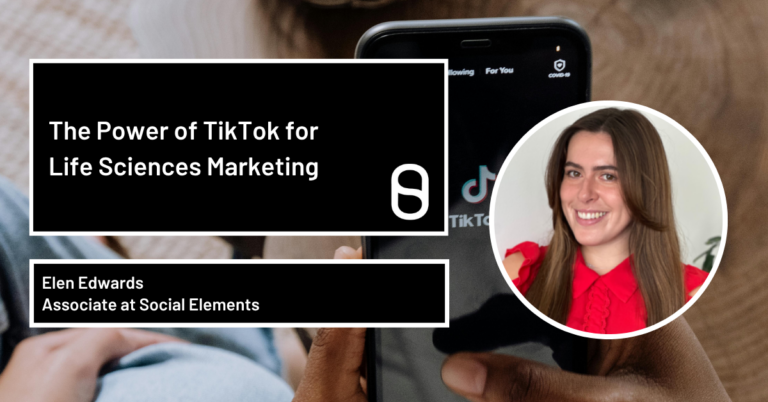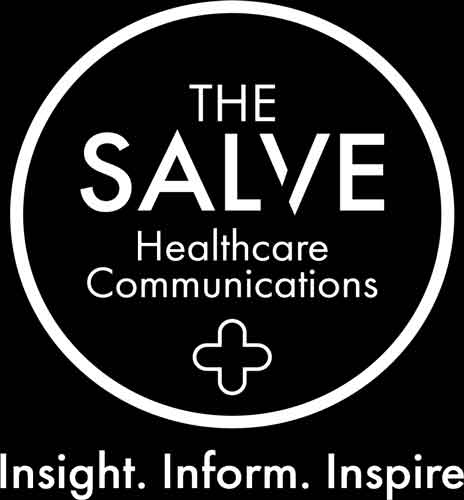What Does Life Science SEO Look Like in 2024?
For many years, I’ve worked in SEO across various industries, witnessing firsthand the shifts and patterns unique to each. In recent years, I’ve utilised my expertise as a scientist to focus solely on SEO within the life sciences, biotechnology, and pharmaceuticals.
Like other industries, the life science field comes with its own set of intricate details and complexities. With a relentless tide of Google’s updates and the swift current of AI innovations, it can be hard to understand what this means for SEO within the life science sector.
Here are five critical areas that those in the life science arena should focus on to elevate their SEO game as we head into 2024 and beyond!
Keyword Strategies & Content Creation
While AI tools keep threatening to fast track content creation, in reality, AI struggles to produce well-written content, let alone scientific content.
But what is the best way to create content for SEO purposes?
Researching and writing for keywords still has its place, but for life science topics, keyword tools tend to only be good at identifying top of funnel, generic keywords – rather than identifying the real pain points that scientists are searching for.
For example, a quick keyword search for ‘biospecimens’ provides a very generic list of related keyword ideas.
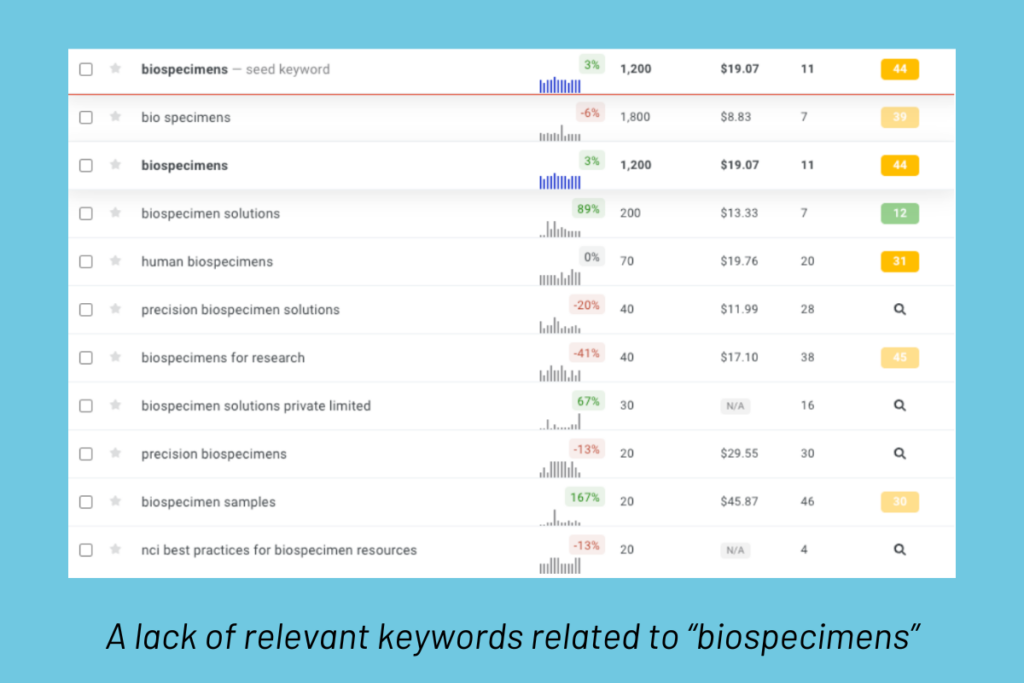
So what is the best way to go about finding topics and keyword themes to start generating content?
Ideas for new content should be discussed internally. As a team you can identify the pain points of your existing customers, and predict up-and-coming industry trends.
These ideas will typically reflect the answers to questions that scientists are searching online, and provide higher quality – rather than quantity – of organic traffic.
Often this will require a scientific writer to convey a complex scientific topic into written prose that is easy to understand and digest. But if you can convince your senior executives and scientific experts to get involved during the research phase, then your content will benefit.
Demonstrating Scientific Expertise
When it comes to ranking content on Google, there are many different factors that search engines consider to determine the order in which websites are shown.
With Google dominating with just under 92% share of all internet searches, it is a good idea to determine what ranking factors it prioritises and optimise for them. To understand these ranking factors, a great place to start is Google’s Search Quality Rater Guidelines.
Although there are many aspects to consider here, the point I want to focus on for life science companies is the importance of EEAT – experience, expertise, authoritativeness and trustworthiness.
When creating content that you want to rank in Google, you need to consider how you can demonstrate these credentials.
Including references to scientific data and methodologies are one aspect you should be familiar with as a scientist. If you can reference a paper or article that explains your science in more detail, you can do so as an external link, or as a footnote.
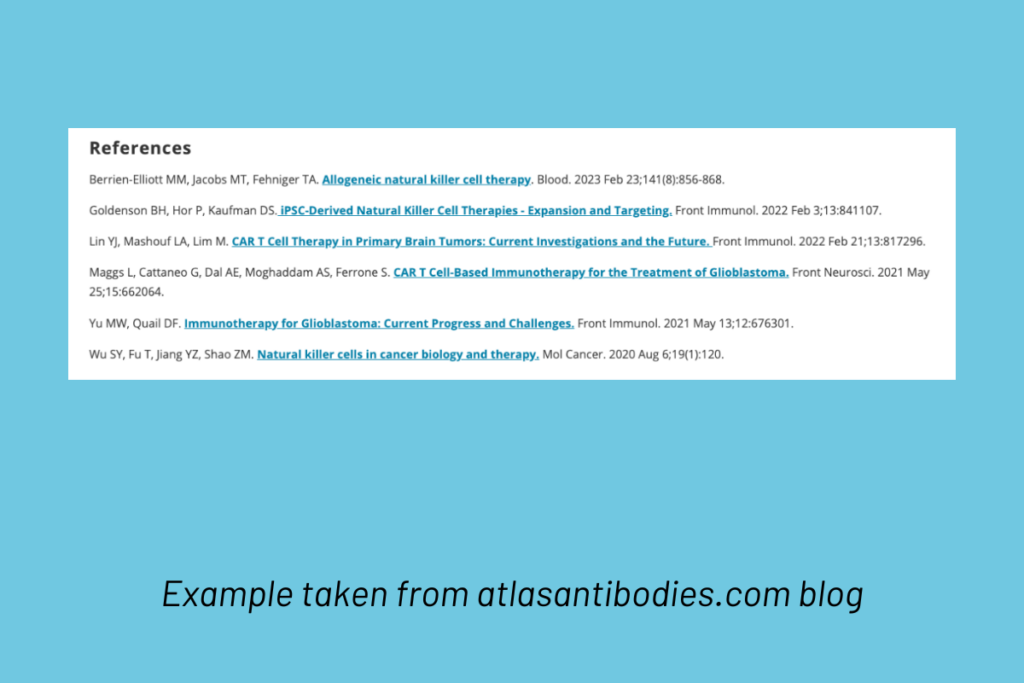
Another great way to do this is to use author bios. If you can include a name, and links to external scientific platforms – such as published papers, Google Scholar or ResearchGate – these are a great way to demonstrate your scientific credentials.

Although you should be utilising the authority and expertise of individual writers, you should also utilise your company’s expertise. Highlight what aspects of research and innovation you are working on, and highlight key products and services that are related to the content you are producing.
In addition to this, consider demonstrating your scientific and medical authority by acquiring links and mentions from reputable websites within your industry, and inviting industry experts to contribute to your website.
Website Design & Optimisation
Even with the best content, written and reviewed by industry experts with the credentials to show for it, your content isn’t going to rank in Google if it isn’t optimised properly.
One of the common issues I see with life science websites is related to how their websites perform across multiple device types – desktop, tablet, mobile.
In almost all instances of life science clients I work with, most website visitors come via a desktop or laptop device. Desktop versions of websites are, in most cases the best-performing version of your website – they look better and load quicker – than any mobile device version.
However, did you know that Google predominantly uses the mobile version of a website for indexing and ranking purposes?
This is important because if your website is not optimised for mobile SEO, then generating traffic via Google to the desktop version of your site is going to be impacted.
To get a better idea of the different versions of your site, I encourage you to browse a selection of your websites pages via different devices and see if, and what differences occur.In addition to this, you can also use Google’s PageSpeed Insights tool, which will also give you a range of metrics – with varying performance scores – for both your mobile and desktop version of your sites.
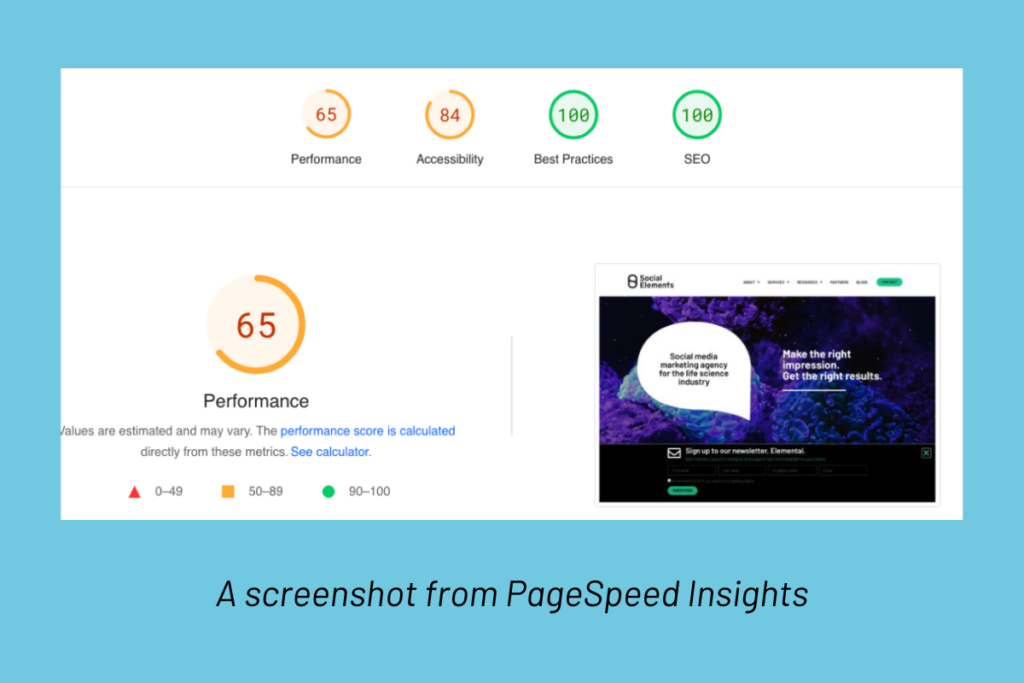
If you notice significant differences between mobile and desktop versions of your scores, or you are noticing poor performance on either version, it might be time to investigate it further and see what improvements you can make to your website, and consequently your SEO.
Leveraging Social Platforms & Generating Social Mentions
When you make changes directly to your company’s website, this will impact an aspect of SEO known as on-page SEO. However, an opposing aspect of SEO – known as off-page SEO – refers to changes made outside of your website.
One such example of off-page SEO is the updates and content you post to social media, and although social media is a separate digital marketing strategy to SEO, it can also provide subsequent benefits, which are not direct ranking factors.
Going back to my first point of this article, when your brand is present on social media, it suggests to search engines that your brand is authoritative and trustworthy, often increasing your visibility in search results. In some instances, your social media content may even appear in Google search results, and generate traffic directly to your social media pages.
But it’s not just about posting for the sake of it. Social signals such as likes, shares, and mentions can indirectly impact your search engine rankings by influencing factors such as visibility, brand authority, content distribution, and user engagement.
Keeping Track of Google's Algorithm Updates
Did you know that Google is constantly making updates that impact the results shown when you make a search?
These are known as Google core updates, and occur when Google implements changes to its search engine ranking algorithm. It is possible for them to positively or negatively impact your SEO. More frustratingly, even by following best SEO practices at all times, you can sometimes be negatively impacted – resulting in a reduction in your overall organic traffic.
Recently, Google has published this page which lets you know what real-time updates are happening as well as a history of previous changes. If you see changes in your organic search performance that you don’t expect, then it is worth checking to see if it correlates to one of these updates.
Unfortunately, the specific changes that are made to Google’s search algorithm are not published, but there is plenty of opinion and information on Twitter and LinkedIn around the time of any significant changes.
Although it can be tempting to make knee-jerk reactions to negative impacts, sticking with a solid SEO strategy, whilst testing and implementing changes will help mitigate the impacts of these core updates, and should provide long-term benefits.
Conclusion
SEO for life science companies in 2024 and beyond will continue to be an intricate mix of challenges and opportunities. Companies that are prepared to showcase their industry expertise and embrace cutting-edge SEO practices will find themselves at the forefront of innovation.
The key to thriving in the fluctuating SEO landscape is to remain adaptable and informed. By keeping a pulse on Google’s algorithm updates and implementing a robust, proactive SEO strategy, life science firms can successfully continue to generate leads and sales through search engines.
If the journey of SEO seems daunting to you or you need help implementing changes, remember expert guidance is just a conversation away.
In the digital age, it is critical for life science businesses to have a cutting-edge, SEO-focused website and a carefully coordinated social media presence.
Used effectively, these two digital marketing tools work together to bring you new leads, help you retain your existing customers and establish you as a leader in your industry.
So, where and how should you invest your time and effort?
About Patrick Wareing
Patrick Wareing is one of the associates at Social Elements, after successfully working as a life science digital marketing consultant. He specialises in life science content writing, SEO and digital marketing strategy.

